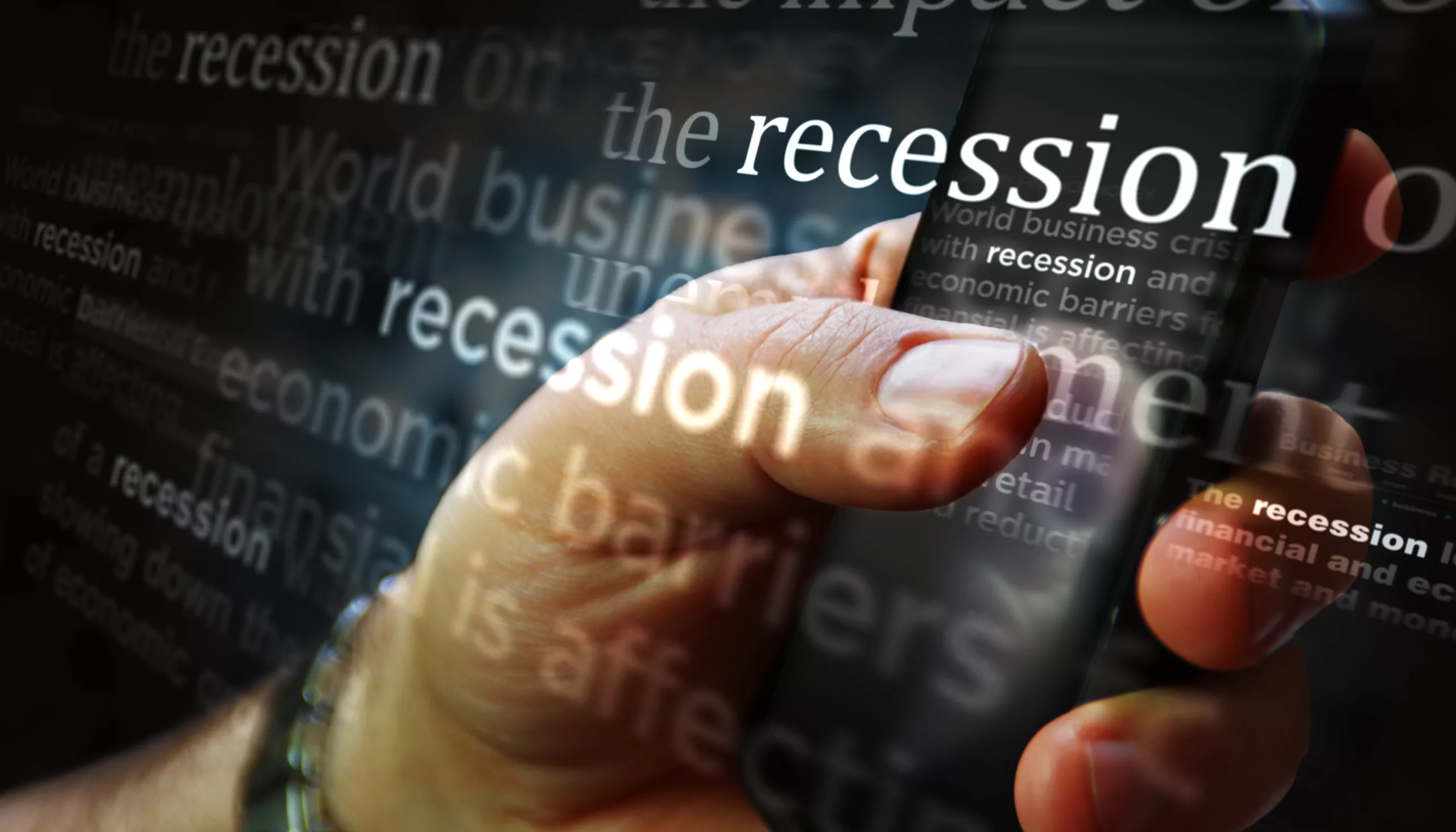25 Hispanic Finance Statistics – Let’s Help Mi Gente Grow
Latinos have a huge (and growing!) impact on the U.S. economy, which is why the Hispanic finance statistics that we’ll cover in this article are so important. After all, this demographic represents the second fastest-growing racial minority in the nation, increasing by 23% from 2010 to 2020. And all the signs indicate that the Hispanic imprint on the U.S. economy will continue to expand.
So, at a time when the conversation around immigration is mired in partisan politics, let’s shed some light on the facts about Hispanic finance statistics in the U.S. In this article, we’ll cover 25 science-backed stats that can help you better understand the current economic impact of Latinos in America.
1. Over 12% of Hispanic Households Don’t Have a Bank Account
According to the Federal Deposit Insurance Corporation (FDIC), 12.2% of Hispanic households were unbanked in 2021. This means these individuals or families had no money invested in a bank account. The most common reason cited by unbanked households is that the minimum balances required by banks are often too high.
2. Growth of Hispanic-owned Businesses in the U.S.
Nearly 25% of new businesses in the U.S. are Hispanic-owned, according to the Small Business Administration. That’s in addition to the existing 300,000 that are spread out across all 50 states. This shows that Hispanic economic opportunity is on the rise.
3. Hispanic Buying Power
U.S.-born Hispanics continued to have greater household incomes and spending power than immigrant Hispanics in 2022. The combined household income of U.S.-born Hispanics was $675.6 billion in 2022, compared to immigrant Hispanics’ $543.1 billion. Their buying power was $498.2 billion and $412 billion, respectively.
4. Hispanic Savings Rates
Hispanic households may not be saving for retirement at the same rate as other demographics. A 2021 CNBC article cited several studies that show two-thirds of Hispanic households aren’t contributing enough — or anything at all — to 401(k)s or other retirement funds.
5. Hispanic Homeownership Is Increasing
In 2021, the Hispanic homeownership rate increased from 47.5% in 2019 to 48.4%. Hispanic home buying has risen since 2014. This trend indicates that Hispanic buying power is increasing overall.
6. Credit in the Hispanic Community Is Lagging
About 77% of Hispanic Americans own a credit card, compared to 88% of white people in the U.S. A credit card is the first step to building and maintaining credit. And those without credit — about 23% of Hispanics — are considered “credit invisible,” which puts them at a significant disadvantage when applying for loans and starting businesses.
7. Hispanic Workforce Participation Is Increasing in the U.S.
According to the Bureau of Labor Statistics, Hispanic workforce participation in the U.S. grew from 10.7 million in 1990 to 29 million in 2020. The BLS projects 35.9 million Hispanic workers in the labor force by 2030.
8. Hispanic Workers Are Younger on Average
The majority of Hispanic workers are in the “prime working age group,” defined by the BLS as 25-54 years old. Therefore, Hispanic workers, at an average age of 38.5 years old, tend to be younger than their counterparts.
9. Hispanic Millennials Provide More Support to Family Members Than Other Demographics
A 2021 Bank of America study revealed that 70% of Hispanic millennials provide monetary support to their older family members. This statistic reaffirms just how serious the economic strain can be for younger generations of Hispanics.
10. Reduced Income Is a Barrier to Saving
According to Bank of America, over a quarter of Hispanic workers polled said that reduced income was a barrier to them achieving their financial goals.
11. Farming, Fishing, and Forestry Is the Industry With the Highest Number of Hispanic Employees
According to the BLS, 43% of workers in the farming, fishing, and forestry industry are Hispanic, making this industry the number one employer of Hispanics in the U.S. The other sectors that are major employers of Hispanics are the building & grounds maintenance industry, construction, food preparation & service, and transportation industries.
12. COVID-19 Had a Disproportionate Impact on the Financial Lives of Hispanics in the U.S.
A 2020 McKinsey study shines a light on the direct impact the COVID-19 crisis had on Hispanic workers and businesses. The study reports that “the five business sectors most affected by the pandemic generate almost 50 percent of the revenues of Hispanic- and Latino-owned businesses, and 65 percent of Hispanics and Latinos work in those sectors.”
13. 72% of Latinos Take On Student Debt To Attend College or University
According to a report by the Student Borrower Protection Center, 72% of Hispanic college graduates took on student debt to attend university. This is often the price that first-generation college students have to pay to obtain a degree.
14. Latino Incomes Are Higher in the Post-Great Recession World
According to Pew Research, Latinos’ incomes are higher across the board since the so-called Great Recession of 2008. The median personal income of Hispanic Americans rose by 5% from 2007 to 2017.
15. Latinos Accounted for 11% of U.S. Consumer Spending in 2020
A J.P. Morgan Chase study reports that Hispanic consumers spent 1.9 trillion in 2020, which accounts for 11% of total economic spending.
16. Hispanics Are Motivated To Plan Financially
New research from Lincoln Financial Group identifies Hispanics as an ambitious demographic when considering financial planning in today’s environment. 26% of survey respondents reported feeling “motivated” when it comes to money management by understanding their personal goals, making a plan, and taking appropriate steps. From managing debt to budgeting for retirement, investment literacy for many Hispanic individuals is on the rise and has had a positive effect on overall financial motivation.
17. Hispanics Are Estimated To Drive Almost 25% of the Country’s GDP Growth
According to IBM, Hispanics represent one in every five Americans, and they drive 25% of the country’s GDP growth.
18. Latinos and Their Credit Scores
Being aware of your credit score is important for everyday financial success. However, few Latinos monitor their credit score. Recent reports have shown that only 33% of Hispanic survey respondents reported knowing their credit score. Other studies have concluded that many Latinos are unsure how to calculate a credit score or what kind of financial strategies are needed to help maintain a good one. This is especially true for American Hispanics who only speak Spanish at home. Greater efforts must target empowering Latinos with the knowledge necessary for them to understand and make better use of their credit scores.
19. Poor Credit Is Holding Some Hispanics Back
41% of Hispanics report having a poor to fair credit score according to CNBC, compared to 37% of White Americans and only 18% of Asian Americans. Credit scoring is not serving many Hispanic consumers well.
20. Average Credit Score of Hispanic Americans
The average credit score of Hispanic Americans in 2019 was 701, which is classified as “Good.” White people and Asians had average credit scores of 734 and 745, respectively. 745 is considered “Very Good.”
21. U.S.-born Hispanics Have Higher Financial Literacy Scores Than Their Foreign-born Peers
Unfortunately, financial literacy scores for young adults in the U.S. remain notably low across the board. However, one glimmer of hope comes from a recent TIAA Institute report, which states that U.S.-born Hispanic individuals aged 18-34 scored higher in financial literacy than those born outside of the U.S., suggesting that access to financial education and support are critical when it comes to encouraging better financial security and health among young adults. Programs and initiatives within communities and educational systems may help bridge this gap even further and foster better economic outcomes within this population, providing a powerful benefit both to them and to the nation as a whole.
22. Hispanic Homebuyers Are Most Likely To Engage in Risky Financing Practices
A 2022 Pew survey on Hispanic home buyers found that they are at greater risk of engaging in risky financing practices. This issue can be addressed by increasing education about the home-buying process for traditionally underserved communities and advocating for greater borrowing options.
23. Latino Entrepreneurs Will Make Up 29% of the U.S. Economy by 2050
As the face of American business continues to evolve, forward-thinking enterprises are keeping a close eye on one particular aspect of change: the rise of Latino entrepreneurs. According to a study conducted by J.P. Morgan Chase, 29% of U.S. businesses will be owned and operated by Latinos in 2050. That’s up from only 17% today! Forecasting the path taken by Latino entrepreneurs can give companies an edge as they make investments in current and future markets, allowing them to make well-informed decisions while taking part in an increasingly global economy.
24. Latinos Entrepreneurs Often Self-Fund Their Business Ventures
On average, 70% of funding to start Latino-owned businesses and enterprises comes from personal savings as opposed to commercial loans.
25. Total Hispanic and Latino Economic Output Was $2.75 Trillion in 2019
That’s up from $1.7 trillion in 2010, which indicates that Hispanics and Latinos are becoming more affluent with time.








